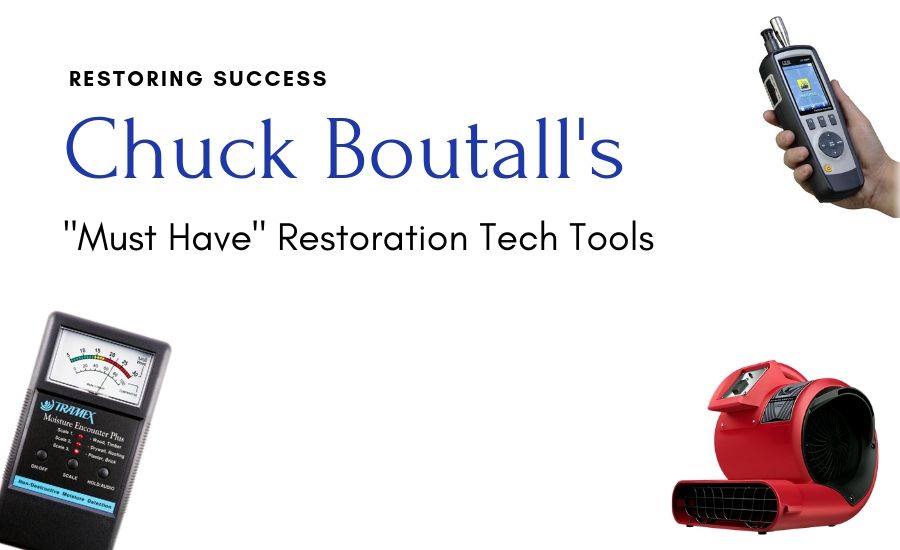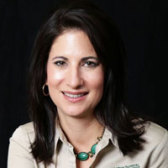For years, all I had to hear was that I could make fast, healthy, and delicious food and I was all over it. As I got older, the anti-aging products and the gadgets that will encourage me to happily exercise enchant me. As a restorer, I am dazzled almost daily by both restoration and other technology that we could employ in our companies.
In 2015, I wrote about the fast pace of evolving technology and offered some tips on Embracing New Technology. The rapid developments from tools to products to software and more has not slowed. We need to be diligent and thoughtful in our investments in technology. There are many things to consider when acquiring or switching to something new.
One of the most important and useful things that I have learned over the years is to involve the team in acquisitions. The most valuable insights regarding investments may come from colleagues within your company. As it is easy to be dazzled and imagine the benefits, always be open to the ideas, insights, and requests of all those in the organization.
A few years ago, one of our best investments in new equipment came from a team leader in the field. It was a Festool dust extractor which can remove dust while sanding (and doing other tasks/trades). Here was the process we walked through when considering this purchase (and how we handle other possible purchases);
- Does this item provide an opportunity to improve the:
- Efficiencies in the company
- Experience of the customers.
- Set up a demonstration for key people.
- Field tested the item.
- Made the purchase based on the value to the team, organization, and customers after field testing it. Does the product offer:
- Improved Efficiency: This specific dust extractor did save the time of skilled tradesman and other team members. The tool reduced or eliminated the need to cover, protect and build containment.
- Improved Quality and Customer Experience: The repair process became less intrusive to the homeowner when doing drywall and other sanding. Less dust control-related mishaps occur, increasing satisfaction and decreasing the labor of cleanup activities.
- The result was the purchase of three more units.
When I pondered the complexities of acquisitions, changes, and adoption of technology, I turned to my colleague and industry veteran, Chuck Boutall, Director of Education. After 30 years in the industry and working with and teaching restorers all over the world, I asked him some questions about his take on technology. His responses are in blue.
What are the essentials that every restorer should have in their arsenal?
For companies starting out or before we make new acquisitions, it is prudent to look at our basics first.
- Knowledge: First and foremost, one needs knowledge of a service business attitude and how to develop that culture in others. You need to know construction, health, and safety, and have a certain amount of chemistry. Through adult education courses and building a team with complimentary knowledge and skills, you can develop a solid knowledge base in the organization.
- The tools, or toys as we call them, sometimes are truly endless:
- Meters: A basic essential kit of meters to monitor moisture includes both invasive and noninvasive meters, as well as a quality thermo hygrometer. A thermal imaging system is a bonus.
- Portable extraction equipment: Look for a very efficient large, wide, light wand. This will help you avoid putting the effort into lifting a heavy wand and the wider width of course covers more area, but make sure you have the lift to support the width of the wand.
- Dehumidifiers and air movers: At least a dozen or two air movers to begin with and six to 10 dehumidifiers, the rest you can typically pick up in the rental fleet as your business grows. Don’t laugh; I’ve known millionaires who started out in this business with this amount equipment or even less.
- Vehicles: Good, reliable vehicles that look nice. It doesn’t matter necessarily how old the vehicle is if it looks clean. I love the people who show up going to clean your carpets and the McDonald’s bags fall out of their trucks with grime all over the side of it with rust holes you could put your fingers through. That instills so much confidence in the customer.
- Passion: Lastly, one must have the passion to see it through. This is not an easy business. It’s an emotional and physical roller coaster ride; however, if you have a passion for service, understanding that you’re here to pick up the pieces for people whose lives are in complete disarray then, this business is for you.
After 30 years in the industry, in your opinion, what are some of the best new developments?
The best new development is pretty much a tie between thermal imaging and software. My first thermal imaging camera was $40,000; it could see a half a degree differentiation of temperature used mostly on roofs and walls. Astounding that now for 400 bucks it’s 100 times better and for 1,400 bucks you can’t believe what you get.
Software is what you need to make sure your business runs like a well-oiled machine or as well-oiled as this industry allows. Software gives you checklists and instant communication as to whether those checklists are being followed out. It allows an excellent check and balance in the system and constantly provides a reminder for people in the field to make sure the paperwork is done, signed, and transmitted to those who need it. As a project manager and then owner, you can’t imagine how important it is.
Then there is the equipment. It is amazing how much lighter the equipment is and how much less electricity we now use as compared to the old days. Of course, now they talk to each other, and that concerns me, because if a dehumidifier tells me “I’ll be back!”, I won’t be there anymore; I promise you that!
But now that I think about it...the biggest has got to be instruments.
I used to have to spin a sling psychrometer or buy motorized ones. This was the old double thermometer rig, look it up, ancient history now. Speaking about now, you push a button, you get the surface temperature of the building material and the dewpoint of the air to compare your vapor pressure differential instantaneously...truly, completely, astounding.
In 30 years or less, our dehumidifiers may be talking to us and as we evolve and acquire with the technology, we should keep our acquisitions strategic and useful:
- Consider those you serve. Will they gain value?
- Ask colleagues in the industry who are using before you buy and/or field test when applicable.
- Bells and whistles that dazzle us. Think things through before investing. Consider the concept of: “Faster, Better, Cheaper”
- Consider the process of implementing and training the operation on utilizing the acquisition.
- Take feedback and input from the team in acquisitions and prioritization of them.


